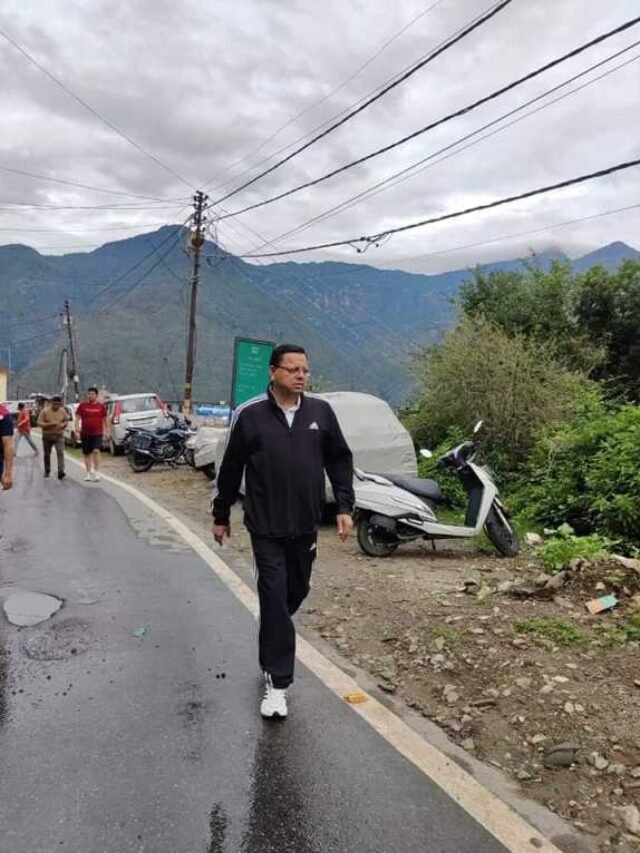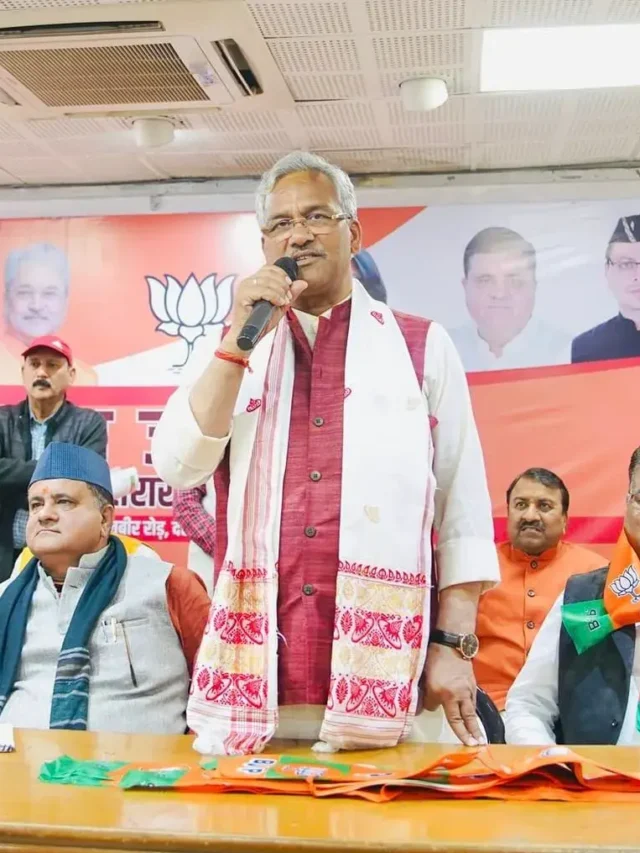The Valley of Flowers welcomes tourists every year from June 1st to October 31st, with its most glorious spectacle gracing the months of July and August. During this period, the valley erupts in a vibrant kaleidoscope of colors, boasting the presence of approximately 300 flowering species.
However, this year, the World Heritage-listed Valley of Flowers has witnessed a significant dip in tourist footfall. A combination of factors, including frequent highway closures and travel disruptions caused by relentless rain, has deterred visitors. In stark contrast to last year, when over 20,000 travelers had already graced the valley, this year has seen a mere ten and a half thousand wanderers traversing its floral carpet.
- Advertisement -
The Valley of Flowers invites visitors annually from June 1st to October 31st, with the zenith of its bloom celebrated in July and August. Traditionally, this is the time when tourists flock to witness the magnificent display of these 300 floral species. However, this year’s copious rainfall, intermittent highway closures leading to Badrinath, and unfavorable weather conditions have dissuaded travelers. As a result, only half the usual number of tourists have arrived, and the floral spectacle in the valley is slowly diminishing.
From June 1st to September 4th this year, a modest 10,452 tourists have ventured into the valley, compared to the 20,730 who had already explored its charms by September 10th last year. It is worth noting that the tourist influx last year had shattered all previous records and significantly bolstered the park’s revenue.
Here’s a five-year overview of tourist visits to the Valley of Flowers :
Year Indian Foreign Total
2019 16904 644 17548
2020 906 10 916
2021 9389 15 9404
2022 20547 280 20827
2023 10798 254 10452 (up to now)
This year, excessive rainfall and heightened vigilance have impacted the number of tourists in the valley. Entry fees are fixed at Rs 150 for local tourists and Rs 600 for foreigners eager to explore this floral paradise. Amidst the blossoms, rare wildlife species like the Himalayan black bear and monal continue to roam, while a stunning array of flowers, including the Brahmakamal and Fen Kamal, adorn the landscape.









